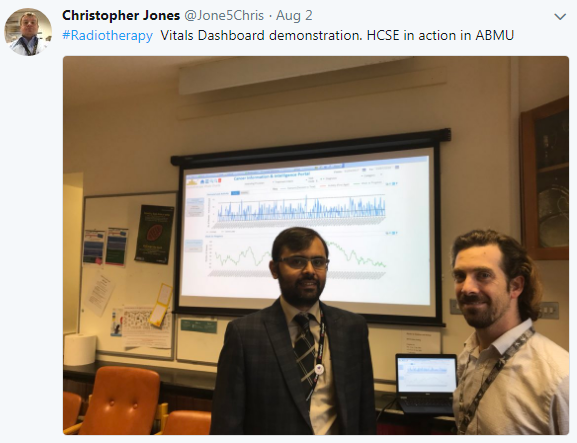It is always a huge compliment to see an idea improved and implemented by inspired innovators.
Health care systems engineering (HCSE) brings together concepts from the separate domains of systems engineering and health care. And one idea that emerged from this union is to regard the health care system as a living, evolving, adapting entity.
 In medicine we have the concept of ‘vital signs’ … a small number of objective metrics that we can measure easily and quickly. With these we can quickly assess the physical health of a patient and decide if we need to act, and when.
In medicine we have the concept of ‘vital signs’ … a small number of objective metrics that we can measure easily and quickly. With these we can quickly assess the physical health of a patient and decide if we need to act, and when.
With a series of such measurements over time we can see the state of a patient changing … for better or worse … and we can use this to monitor the effect of our actions and to maintain the improvements we achieve.
For a patient, the five vital signs are conscious level, respiratory rate, pulse, blood pressure and temperature. To sustain life we must maintain many flows within healthy ranges and the most critically important is the flow of oxygen to every cell in the body. Oxygen is carried by blood, so blood flow is critical.
So, what are the vital signs for a health care system where the flows are not oxygen and blood? They are patients, staff, consumables, equipment, estate, data and cash.
The photograph shows a demonstration of a Vitals Dashboard for a part of the cancer care system in the ABMU health board in South Wales. The inspirational innovators who created it are Imran Rao (left), Andy Jones (right) and Chris Jones (top left), and they are being supported by ABMU to do this as part of their HCSE training programme.
So well done guys … we cannot wait to hear how being better able to seeing the voice of your cancer system translates into improved care for patients, and improved working life for the dedicated NHS staff, and improved use of finite public resources. Win-win-win.

